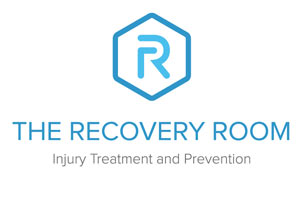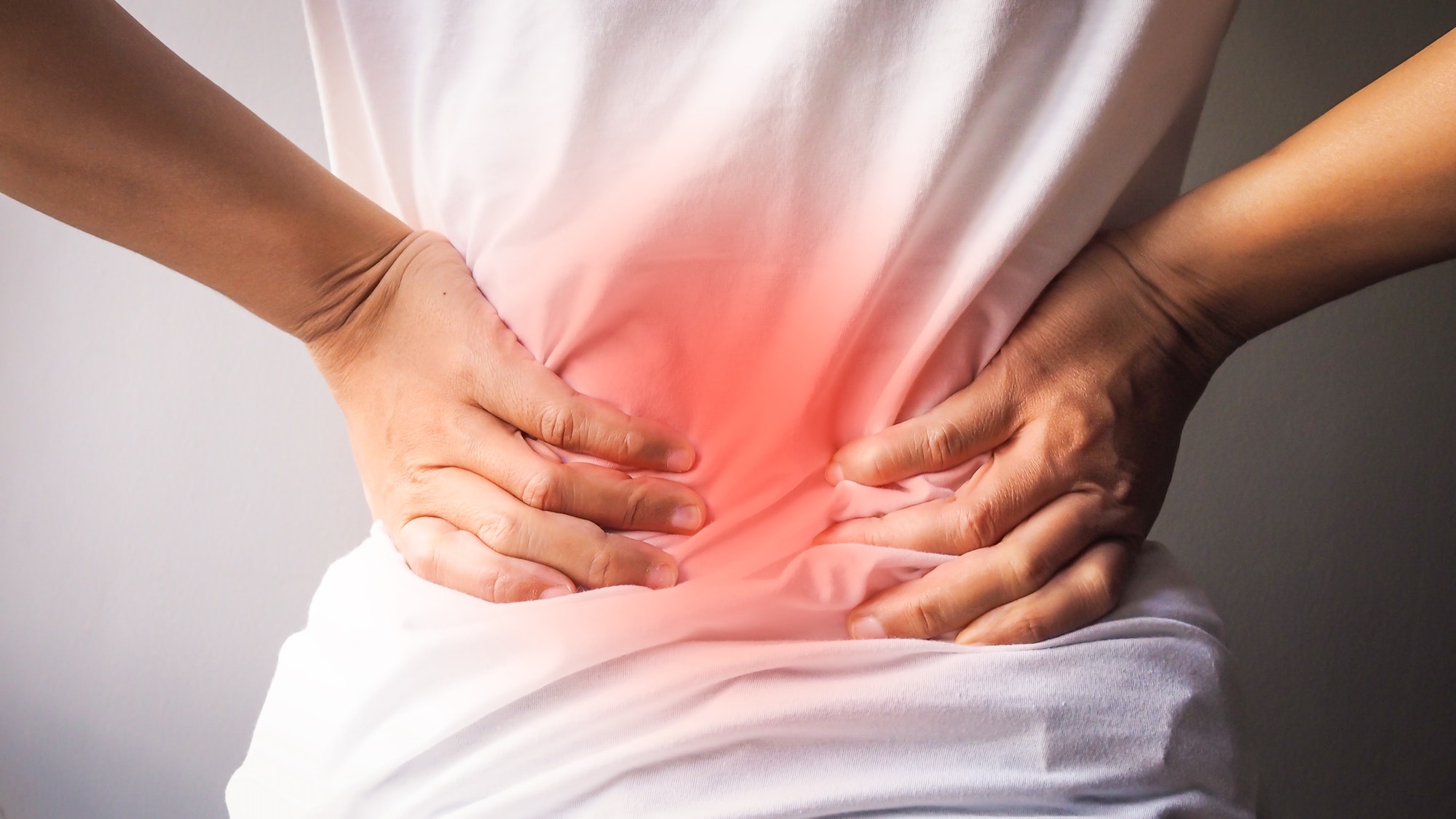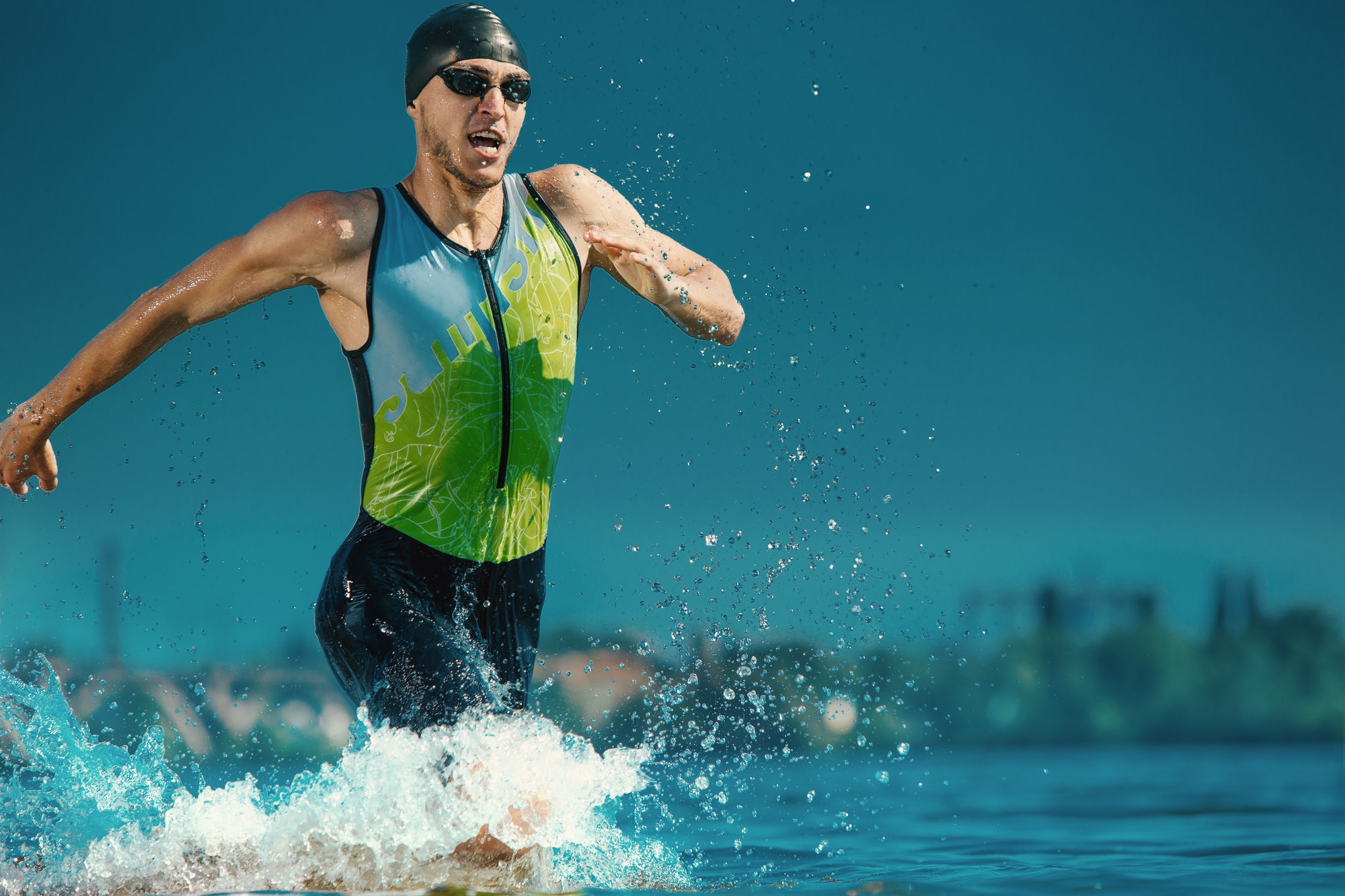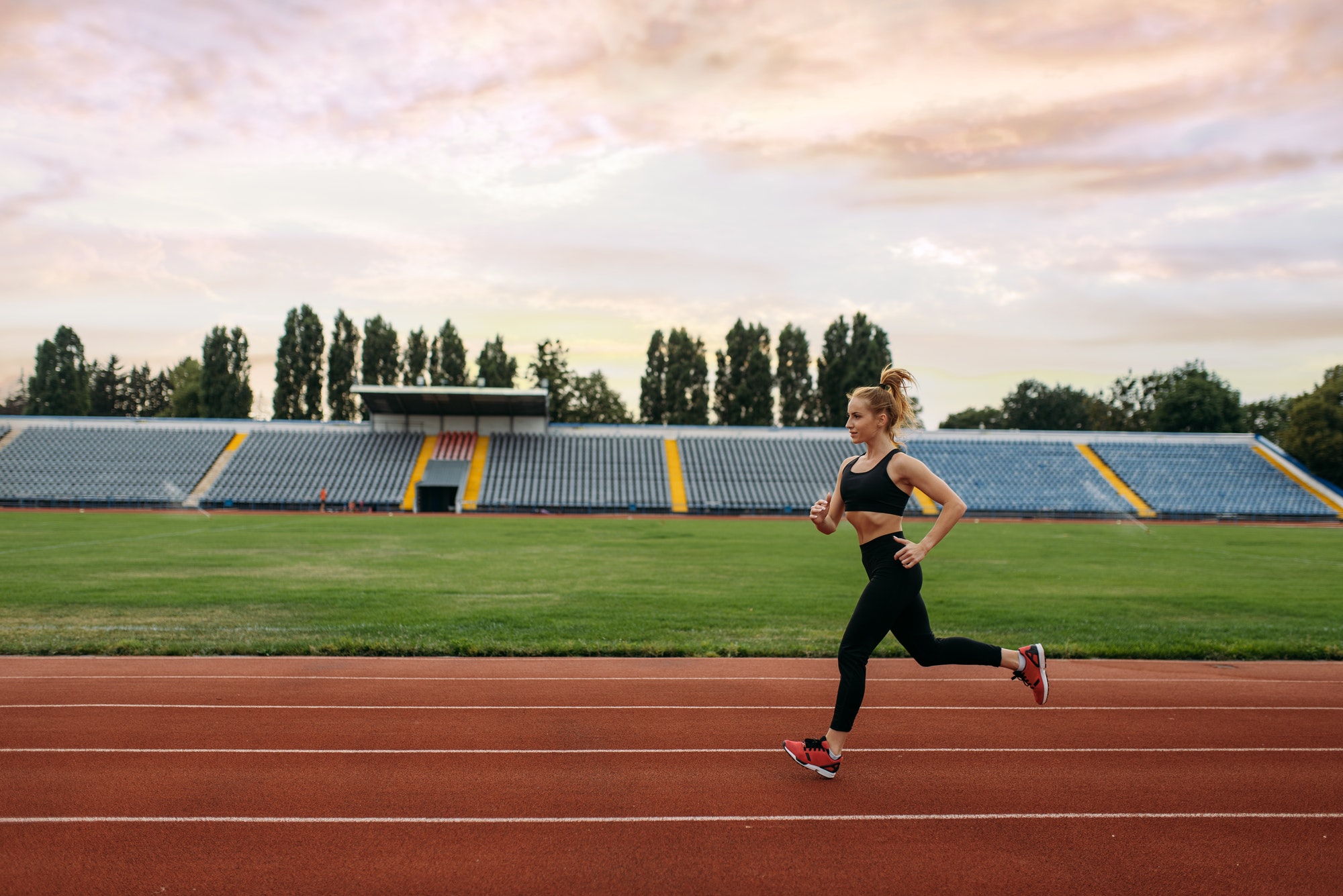When you are in pain, you often guard yourself to protect from further injury. The protective mechanisms are often exacerbated your symptoms, especially if you are anxious about your injury.
We will educate, treat, and rehabilitate your injury to help reduce further episodes of back pain.
The initial consultation will involve a full case history to understand how the symptoms started and what makes them change.
We will discuss your medical background, including any medication conditions and previous injuries.
After evaluating your history we will look at your posture and carry out a detailed physical examination allowing us to form a diagnosis and treatment plan.
This will include muscle, joint, ligament, and neurological testing. During this process, we will need to see the alignment of your body.
We recommend you wear shorts and sports training tops for easy assessment. Toweling techniques will be used to make you feel comfortable.
After your assessment, we will explain why the problem occurred and ensure that the rehabilitation programme will prevent your symptoms from returning.
Our aim is to allow you to ‘enjoying living an active life’.
Back Injuries Treatment is always carried out following your consent after you have been informed of the treatment that is going to be administered.
Although sometimes treatments can be painful, we try to limit any discomfort without reducing the effectiveness of your treatment.
Levels of pain will be monitored by YOUR level of pain perception.
The treatment that we provide include:
Manual Therapy of the spine and peripheral joints using Maitlands and Mulligans techniques.
This will reduce joint pain and improve movement patterns of the joints.
Remedial Massage: Used as a method of treating injury to reduce muscle pain, spasm, and help joints articulate correctly. Massage is often used for soft tissue pain and trauma.
Sports Massage is used to help sportspeople prepare, maintain and recover from strenuous exercise regimes.
Sports massage can also effectively release soft tissue tension from nonsporting individuals through office-based stress and posture problems.
Trigger Point Therapy: Relieving knots that can cause muscle pain and refer pain to other parts of the body.
Ultrasound and Electrotherapy
For soft tissue injury.
Posture analysis: Looking at the alignment of different body parts to understand the cause of your symptoms.
Gait and biomechanical analysis: during walking, running and sport specific activity.
Stretching: PNF, static and dynamic techniques to improve range of motion and posture alignment.
Strengthening: Core stability assessment using biofeedback devices.
Use of Core Stability programmes that are proven to reduce back pain and protect your limbs from further injury.
Neuromuscular training to re-establish coordination and muscle firing patterns following injury.
Sport and Occupation Specific Rehabilitation: Understanding the requirements of your job, sport and lifestyle will help tailor a specific programme based around YOU.




